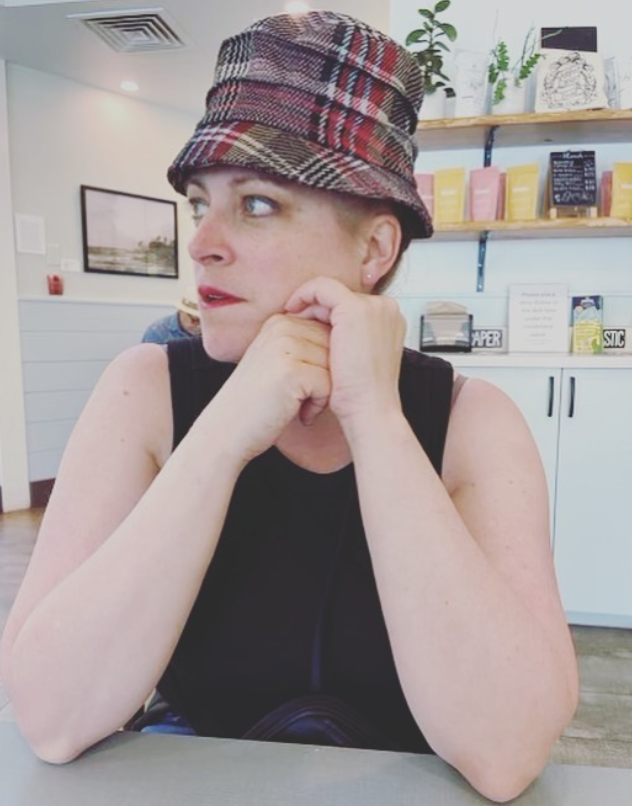Writing a Middle School Book

STEP ONE: Pick a focus.
So, I dusted off an old middle school manuscript that I started in 2022.
The fiction world is fun. Perhaps, something I need more of in my life. I had my husband read the manuscript, also a writer, specifically comic book writer/illustrator, whose opinion I value greatly.
His verdict, “Loved it!” He has always been my first reader. He stretches my thinking.
According to him, and to which I confirmed, my book is a mixture of 80s-90s-00s influences like The Goonies, The Lost Boys, Goosebumps, Stephen King, Halloweentown, Mr. Boogedy, with a hint of Buffy the Vampire Slayer and Percy Jackson. Also, in the mix a bit of Shazam!
He suggested I squeeze in some Wandavision and Agatha All Along influences as well. I am pretty excited about this renewed focus. I can tell you that the story is situated in a small seaside town with a lot of magic and mystery. It involves the discovery of an enchanted household object with further enchantments inside. I’ll keep you guessing for now. More to come!
Stay tuned for updates.
Until Next Time,
Brandi
